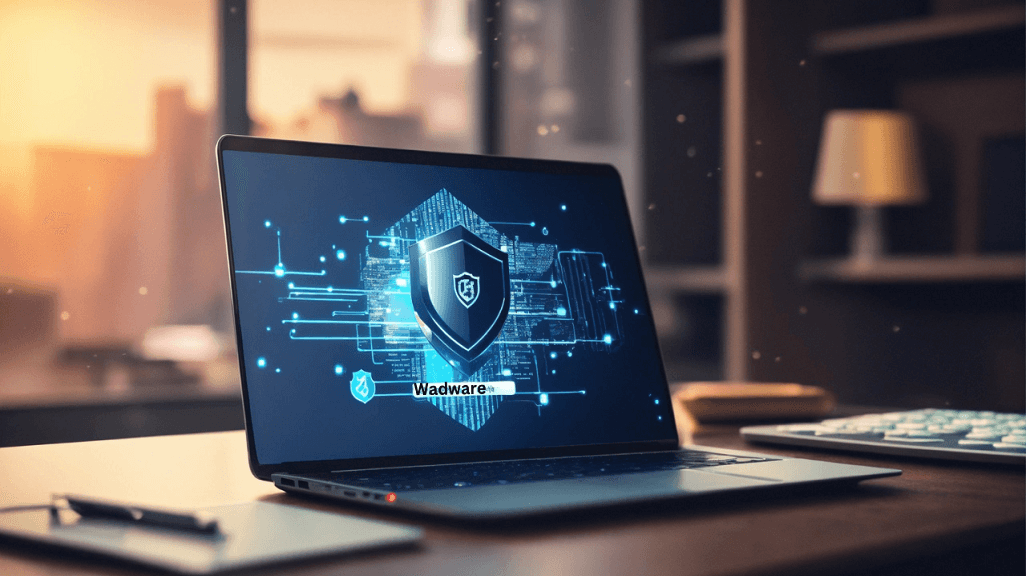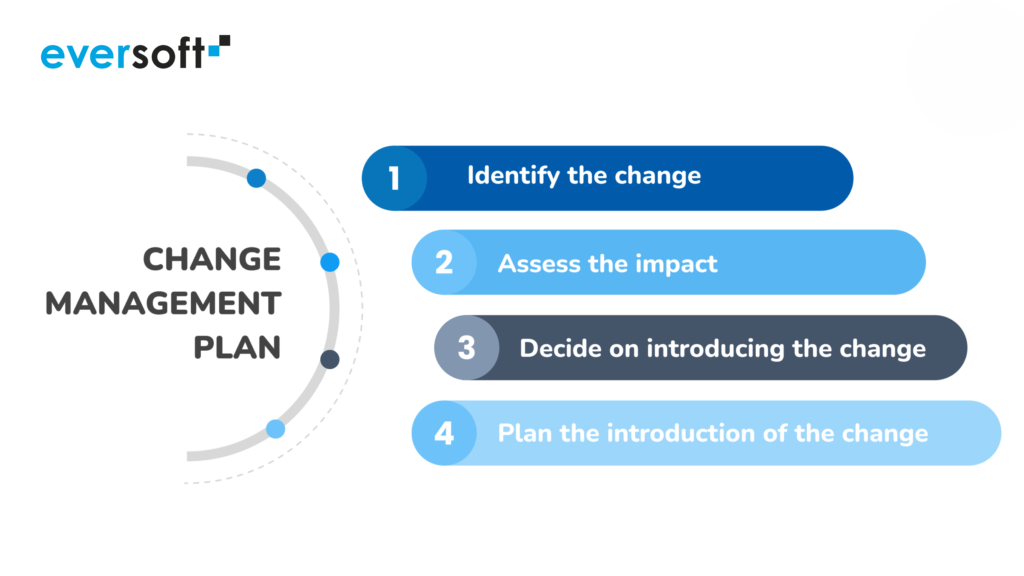Upwork is one of the most popular freelance platforms, connecting businesses with skilled professionals worldwide. However, its high fees, strict approval process, and increasing competition have led many freelancers and clients to explore alternatives.
If you’re looking for other platforms that offer better rates, lower fees, or niche-specific opportunities, here are the best Upwork alternatives in 2024.
1. Fiverr
Best for: Quick gig-based freelance work
Fiverr is a popular marketplace where freelancers offer “gigs” starting at $5 (though many charge much more). Unlike Upwork’s project-based model, Fiverr is service-oriented, making it ideal for small tasks like graphic design, copywriting, and digital marketing.
Pros:
Easy to get started
Wide variety of services
No bidding required
Cons:
High service fees (20% for sellers)
Lower average project value
2. Toptal
Best for: Elite freelancers and high-budget clients
Toptal is an exclusive network of top-tier freelancers in fields like software development, finance, and design. Clients here are usually large companies looking for premium talent.
Pros:
Only top 3% of applicants accepted
High-paying projects
Rigorous vetting ensures quality
Cons:
Difficult to get accepted
Not ideal for small businesses
3. Freelancer.com
Best for: Competitive bidding on projects
Freelancer.com operates similarly to Upwork, with clients posting jobs and freelancers bidding on them. It’s a good alternative for those who prefer an open marketplace.
Pros:
Large variety of job categories
Both fixed-price and hourly projects
Contests for creative work
Cons:
High competition for low-budget jobs
Fees can add up
4. PeoplePerHour
Best for: European freelancers and businesses
PeoplePerHour focuses on freelance work with an emphasis on European clients. It offers both project-based and hourly work opportunities.
Pros:
Lower fees than Upwork
Strong focus on web development, design, and marketing
“Hourlies” (pre-packaged services)
Cons:
Smaller marketplace compared to Upwork
Limited availability in some regions
5. Guru
Best for: Flexible payment options
Guru is a straightforward freelance platform with a simple interface and multiple payment structures (fixed-price, hourly, and recurring payments).
Pros:
Lower fees (5-9%)
Workroom collaboration tools
SafePay protection
Cons:
Less popular than Upwork or Fiverr
Fewer high-budget projects
6. 99designs
Best for: Designers and creative professionals
99designs is a specialized platform for graphic designers, offering contests and direct project hires. Clients can crowdsource designs or hire individual freelancers.
Pros:
 Great for portfolio building
Great for portfolio building
 High-quality design work
High-quality design work
 Multiple pricing options
Multiple pricing options
Cons:
Designers compete in contests (unpaid unless they win)
Limited to creative fields
7. SolidGigs
Best for: Curated freelance job leads
Unlike typical job boards, SolidGigs sends handpicked freelance opportunities to subscribers weekly, saving time on job hunting.
Pros:
High-quality leads Saves time on searching
Includes freelance resources
Cons:
Requires a subscription ($21/month)
Not a traditional job board
8. LinkedIn ProFinder
Best for: Professional networking and freelance leads
LinkedIn’s ProFinder connects businesses with freelancers in fields like writing, marketing, and consulting. It’s ideal for those who already have a strong LinkedIn presence.
Pros:
 Leverages LinkedIn’s professional network
Leverages LinkedIn’s professional network
 High-quality clients
High-quality clients
 Free to apply for jobs
Free to apply for jobs
Cons:
 Limited to certain industries
Limited to certain industries
 Requires a strong LinkedIn profile
Requires a strong LinkedIn profile
9. We Work Remotely
Best for: Remote freelance and full-time jobs
We Work Remotely lists remote job opportunities, including freelance, part-time, and full-time roles across various industries.
Pros:
High-paying remote jobs
No bidding required
Reputable companies
Cons:
Not exclusively for freelancers
Fewer short-term gigs
10. Contra
Best for: Independent professionals (No fees!)
Contra is a commission-free platform where freelancers keep 100% of their earnings. It’s ideal for those tired of high platform fees.
Pros:
Zero commission
Modern, user-friendly interface
Good for tech and creative freelancers
Cons:
Smaller client base
Still growing in popularity
Which Upwork Alternative is Right for You?
- For high-paying clients: Toptal, LinkedIn ProFinder
- For quick gigs: Fiverr, 99designs
- For lower fees: Guru, Contra
- For niche skills: 99designs (design), We Work Remotely (remote jobs)
Final Thoughts
While Upwork remains a dominant player, these alternatives offer better fees, specialized opportunities, and different work models. Depending on your skills and needs, you may find a more suitable platform elsewhere.

 Blog5 months ago
Blog5 months ago
 Blog9 months ago
Blog9 months ago
 Blog5 months ago
Blog5 months ago
 Blog10 months ago
Blog10 months ago
 Business10 months ago
Business10 months ago
 Blog7 months ago
Blog7 months ago
 Tech9 months ago
Tech9 months ago
 Blog1 month ago
Blog1 month ago





 Great for portfolio building
Great for portfolio building Limited to certain industries
Limited to certain industries